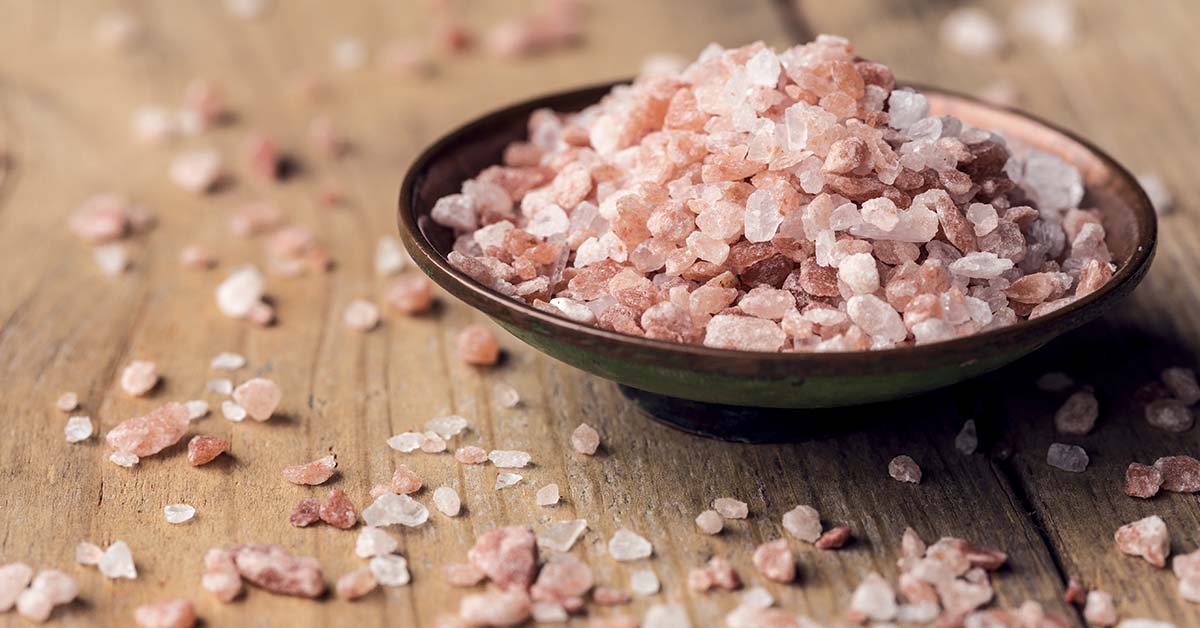Pink Himalayan Salt has really been having a moment in recent years. People can’t seem to get enough of it, whether they are eating it or purchasing salt lamps to help “purify” the air in their homes. Though the salt is a popular choice for many people, nutritionists are starting to warn against it. These are the reasons why.
What is Pink Himalayan salt?
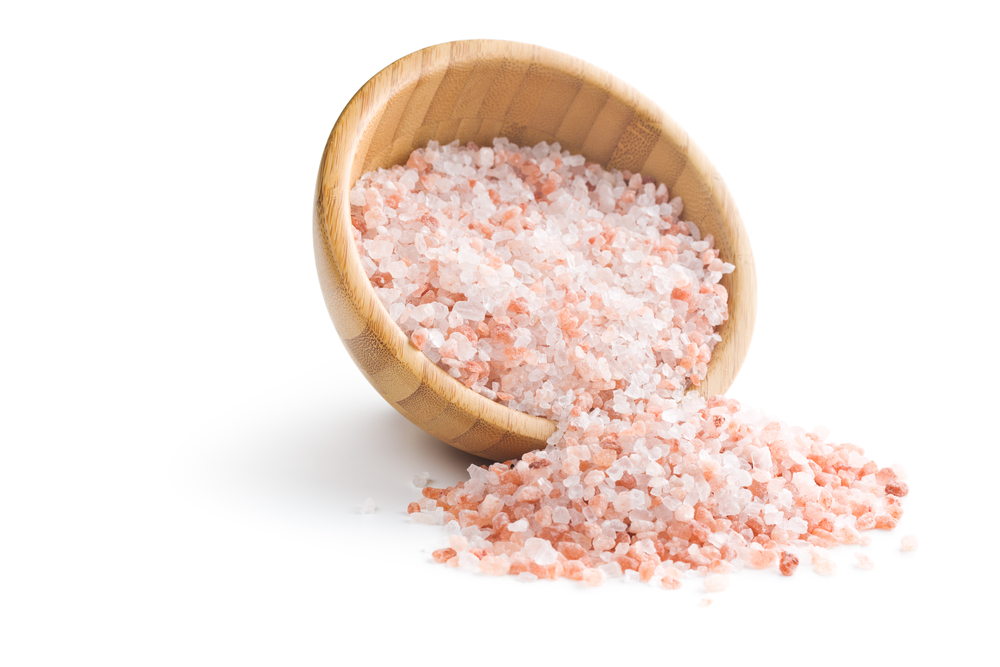
It’s a type of unrefined sea salt that comes from the foothills of the Himalayas in Pakistan. The pink color comes from trace minerals like magnesium, iron, calcium and potassium. It’s not a common salt, but it’s been gaining popularity for years. It has many uses, including cooking and deodorizing shoes. Many people also use it in their bath water or even to brush their teeth. (1)
Pink Himalayan salt can be found at most grocery stores or health food stores. You may even see it on Amazon or eBay, where sellers offer it for sale in large quantities.
Read More: 7 Reasons You Could Be Craving Salt
What are the health claims made about it?
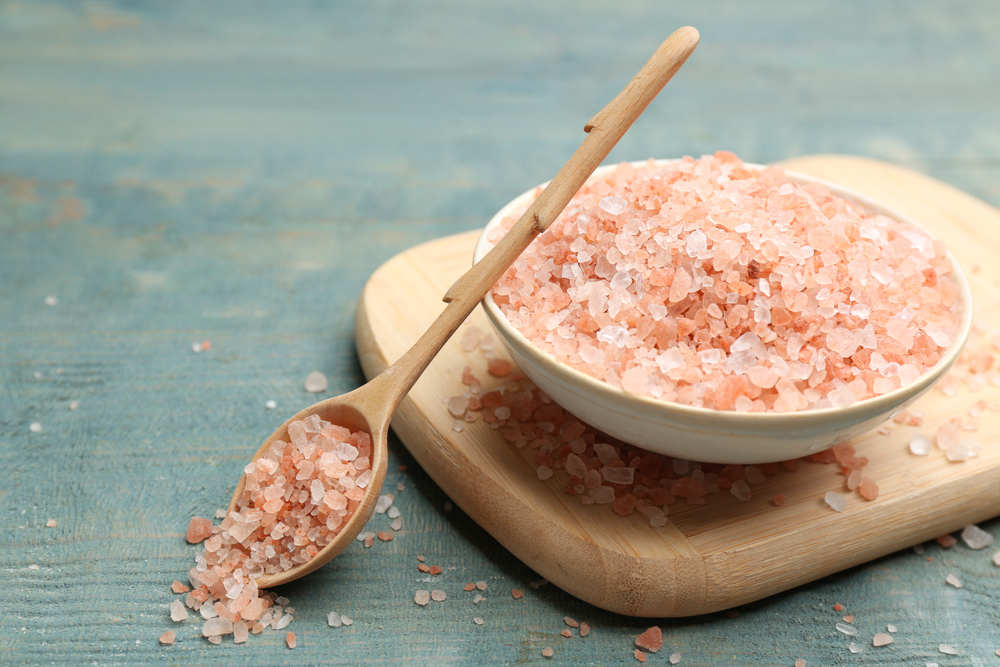
Proponents claim that this salt has more minerals than regular table salt because it contains less sodium chloride (salt). They say that these minerals can help improve your health and prevent disease. Proponents also claim that pink Himalayan salt is free from harmful additives and chemicals found in other types of unrefined sea salts. (2)
How Do People Use This Salt?
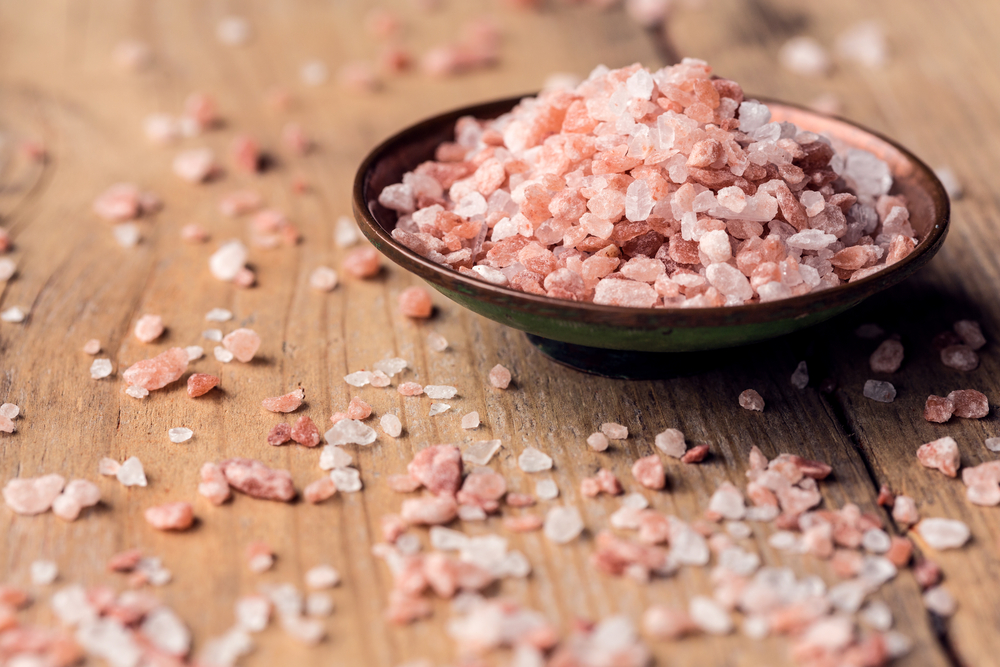
People consume pink Himalayan salt in many ways. Some people like to add it to their food, while others like to use it as a bath salt or for skin care. Proponents claim that this type of salt can help improve your health in a variety of ways, including by:
- Boosting metabolism and energy levels
- Fighting off disease-causing pathogens
- Protecting against free radicals
- Helping with muscle soreness and cramps
- Helping with weight loss
These claims, however, don’t have much scientific evidence to confirm them. On top of that, experts are now starting to warn people against consuming the salt.
Why are experts starting to warn against it?
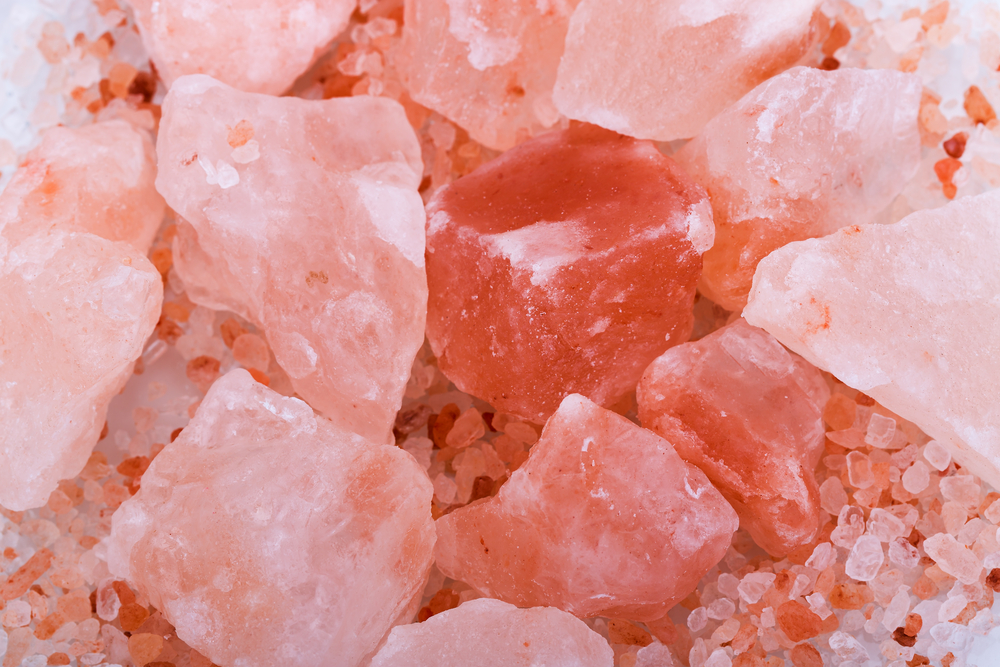
One reason is that it’s still just salt—you should limit your intake of all types of table salts because they can be high in sodium and cause fluid retention. We also know that consuming to much salt can cause hypertension and heart disease, which is one of the leading causes of premature death in North America.
A second reason is that some experts are concerned about the potential presence of heavy metals like aluminum, silicon and sulphur in pink Himalayan salt. Heavy metals have been linked to serious health problems like Alzheimer’s disease, kidney damage and cancer.
Read More: 13 Uses for Salt around the Home
What are the health dangers of consuming heavy metals?
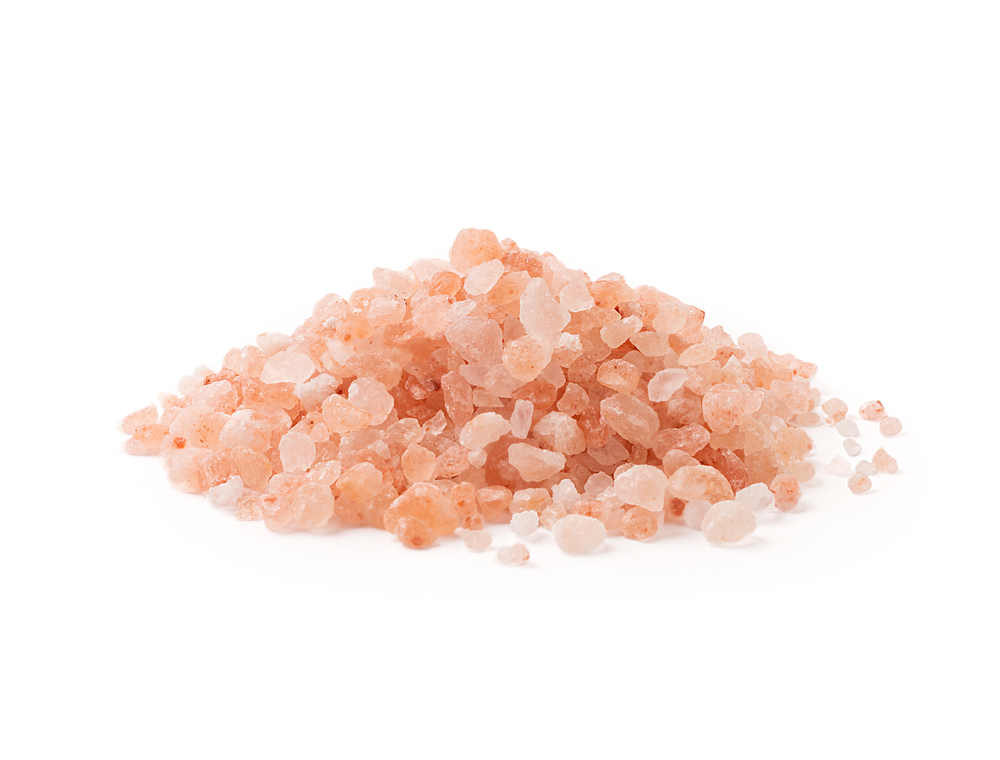
Consuming too much aluminum can lead to brain damage and even death in severe cases. It can also cause memory loss, seizures and brain damage.
Lead poisoning is another common cause of death from heavy metal toxicity. This can happen when you ingest lead paint or fumes from burning leaded gasoline. Finally, cadmium has been linked to kidney disease and osteoporosis because it can leach calcium from bones.
The Bottom Line
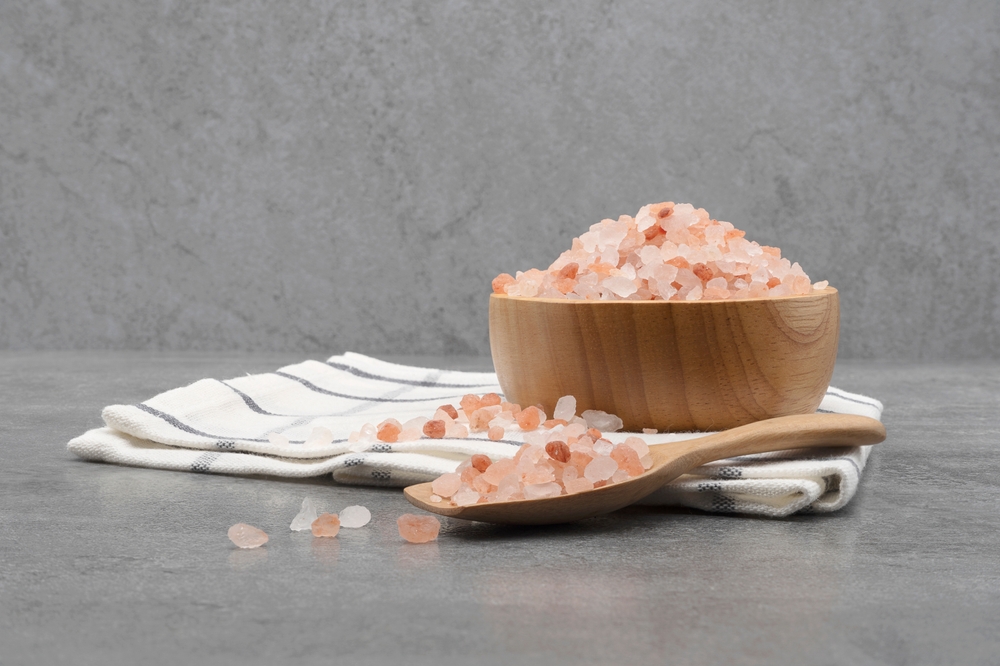
Evidence for Pink Himalayan salt being better for you than regular salt is largely unproven and anecdotal. More research now is showing the potential threat of heavy metal consumption when you eat this kind of salt. Though which type of heavy metal and how much is in the salt will differ, why take the risk?
Finally, pink Himalayan salt is still salt. It still contains sodium. Just because someone says that there may be certain health benefits from it, doesn’t mean that you can use it with reckless abandon. At the end of the day, overconsumption of it will have the same affect on your heart that any other salt will. So perhaps just stick to what we all know is sound advice: Choose regular table salt and use it cautiously.
Read More: Are Pink Himalayan, Sea, Celtic, Table Salt And Others All The Same?
Sources
- “Pass the Salt (But Not That Pink Himalayan Stuff).” Science Based Medicine. Harriet Hall. August 19, 2014.
- “The hidden dangers in pink salt are quite alarming…” Body and Soul. Melissa Meier. November 26, 2021.
